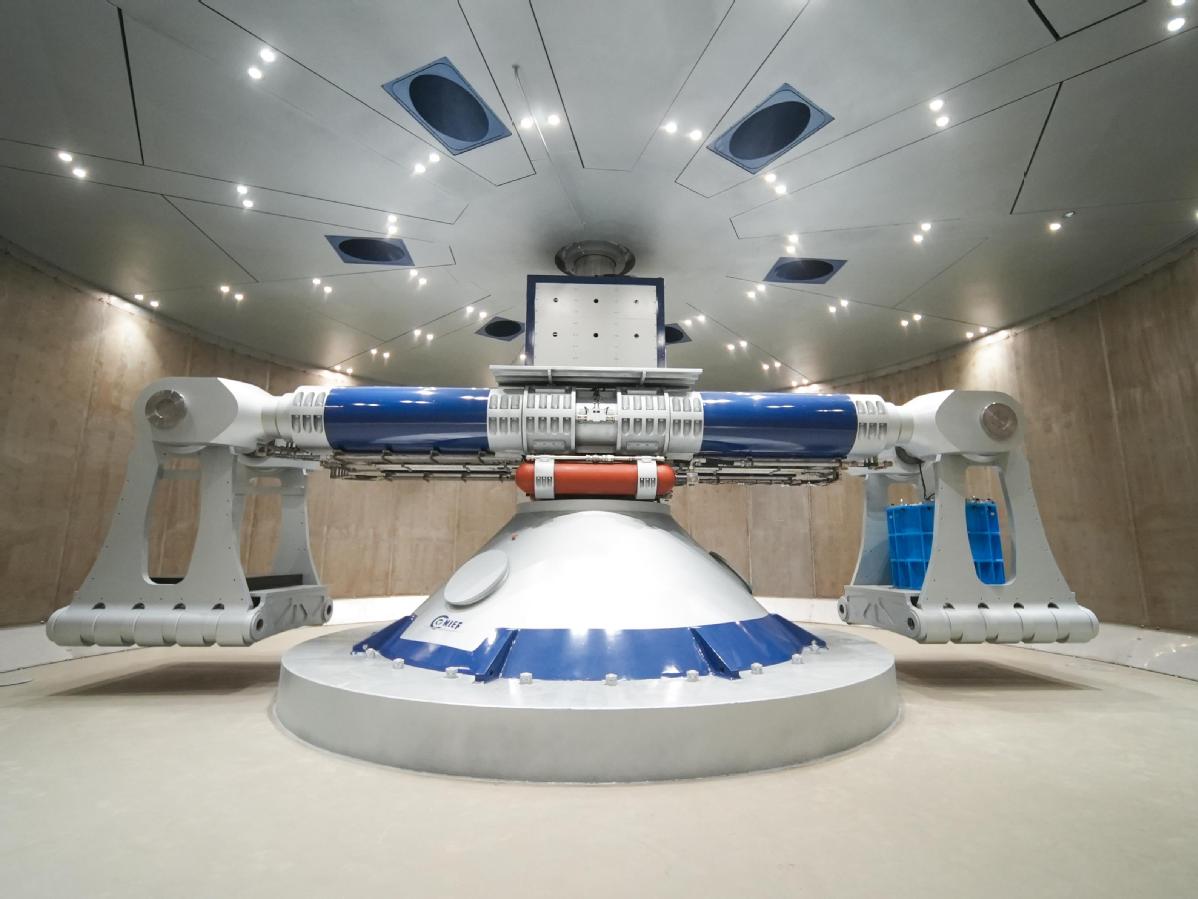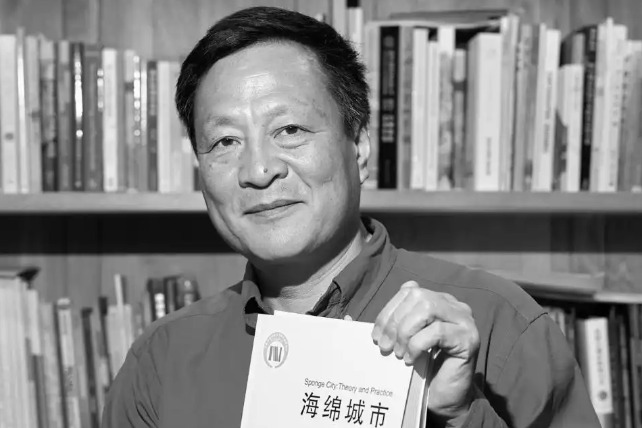World's largest-capacity centrifuge goes into operation in Hangzhou


The world's largest-capacity centrifuge — the first of three main centrifuges housed at the Centrifugal Hypergravity and Interdisciplinary Experiment Facility — has recently begun operating in Hangzhou, Zhejiang province.
The facility, a key national science infrastructure project, is designed to create a hypergravity field hundreds to thousands of times stronger than Earth's gravity, providing vital support for a wide range of research.
Led by Zhejiang University, the facility includes three main centrifuges, six experiment modules, and 18 onboard devices.
The first centrifuge is located in a 230-square-meter circular underground chamber. During operation, its 6.4-meter-long rotating arm drives the attached experimental device to spin at high speed. The faster the rotation, the greater the centrifugal force generated — creating a hypergravity field when centrifugal acceleration exceeds normal gravity.
The machine has passed its acceptance test, achieving gravity levels from 10 to 300 times that of Earth's.
"We aim to establish experimental environments for studying the motion of multiphase substances by adjusting centrifugal acceleration and load," Chen Yunmin, chief scientist of the facility, said. "These environments will cover timescales from brief moments to 10,000 years, spatial scales from the atomic level to kilometers, and environmental conditions from normal to high temperature and pressure."
Chen, an academician of the Chinese Academy of Sciences and professor at Zhejiang University, said the facility allows researchers to reproduce large-scale natural processes such as geological evolution, major disasters, and extreme environments in a controlled lab setting and on a much shorter timescale.
For example, in an experiment conducted under 100 times normal gravity, a 100-meter real-world structure can be simulated using a 1-meter model, and a pollutant migration process that normally takes 100 years can be observed in just 3.65 days. This "time-space compression" effect, Chen said, will be essential for advancing scientific research, supporting the development of new technologies for major engineering projects, and driving innovation in material science.
"To ensure the facility delivers a stable and high-quality hypergravity environment that meets the needs of different disciplines, we adopted a series of measures — including deep excavation, low-pressure chambers, and liquid-cooled wall technology," Ling Daosheng, chief engineer of the facility and professor at Zhejiang University, said.
The facility is a large-scale, integrated experimental platform combining hypergravity and extreme environmental testing. Its 18 onboard devices will support research in fields such as deep-sea and deep underground resource development, disaster prevention and mitigation, waste disposal and new material creation.
Chen said the team aims to build an open, world-class research platform and looks forward to working with leading scientists from around the globe.
Construction of the facility began in November 2019. It is expected to be fully operational by the end of next year.
- World's largest-capacity centrifuge goes into operation in Hangzhou
- Half a century of friendship: China's role in shaping Bangladesh's talents
- International Circus Festival brings top performers to Cangzhou
- Tianwen 2 spacecraft halfway to target asteroid
- Vibrant China during holiday: Hitting the road
- International Cartoon and Illustration Exhibition on a Community with a Shared Future for Humanity 2025 Announcement




































